Solar streetlights have emerged as a sustainable solution for outdoor lighting, offering energy efficiency and environmental benefits. However, their effectiveness in extreme climates poses unique challenges. This article delves into the design principles that enable solar streetlights to operate in extreme weather conditions, achieving IP65/IP66 levels of protection and ensuring functionality in both high and low-temperature climates.
Design Considerations for Extreme Climates
- Enclosure Design: The enclosure of solar streetlights plays a crucial role in protecting internal components from harsh weather. It must be rugged and weatherproof to withstand extremes of temperature, humidity, and precipitation. Designs often incorporate materials such as aluminum or stainless steel for durability.
- IP Ratings: Achieving IP65 or IP66 ratings involves ensuring that the streetlight is dust-tight and protected against powerful jets of water. Sealing critical components such as batteries, LEDs, and control electronics prevents water ingress, maintaining functionality even in heavy rain or snow.
- Thermal Management: Efficient thermal management is essential for solar streetlights operating in extreme temperatures. Heat dissipation mechanisms, such as heat sinks or fans, prevent overheating of sensitive components, ensuring reliable performance in high-temperature environments.
- Battery Technology: In cold climates, battery performance can be compromised due to reduced efficiency at low temperatures. Advanced battery technologies, including lithium-ion phosphate (LiFePO4) batteries, exhibit better performance and longevity in extreme temperatures compared to traditional lead-acid batteries.

- Efficient LEDs: High-efficiency LED fixtures not only contribute to energy savings but also generate less heat, reducing the thermal load on the streetlight. Additionally, LEDs with wide operating temperature ranges ensure consistent illumination even in freezing conditions.

Operation in Low-Temperature Climates
- Cold Weather Optimization: Solar streetlights designed for low-temperature operation employ strategies such as insulation and thermal blankets to maintain battery performance and prevent freezing. Additionally, temperature sensors and heaters activate when temperatures drop below a certain threshold, ensuring battery efficiency and overall system reliability.
- Efficient Energy Management: Optimizing energy storage and usage during periods of limited sunlight is critical in cold climates. Intelligent control systems regulate power consumption, prioritize essential functions, and adjust lighting intensity to conserve energy and extend batt

Designing solar streetlights to operate in extreme climates requires careful consideration of enclosure design, IP ratings, thermal management, battery technology, and LED efficiency. By implementing robust design principles and innovative technologies, solar streetlights can achieve IP65/IP66 levels of protection and reliably function in both high and low-temperature environments, contributing to sustainable outdoor lighting solutions worldwide.
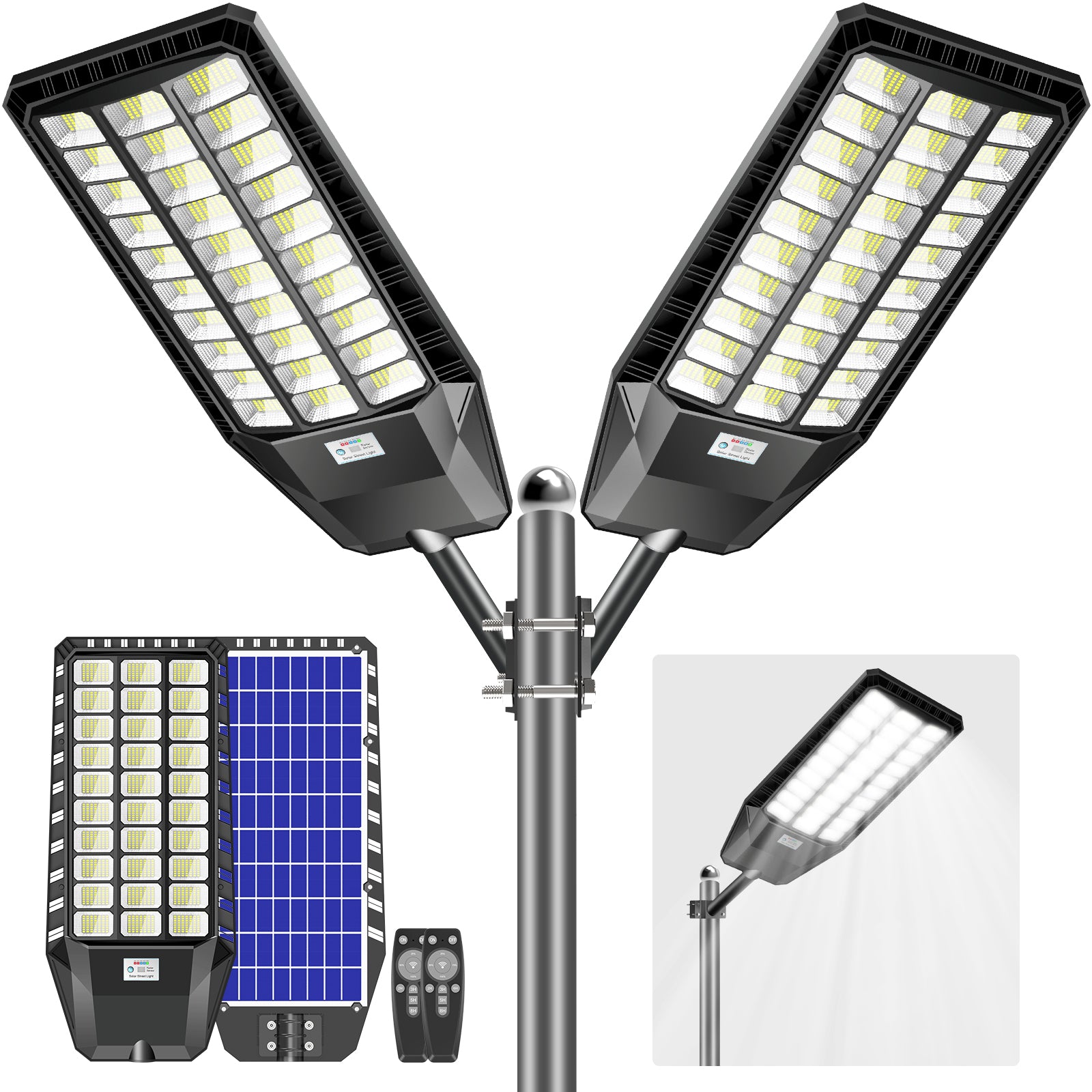
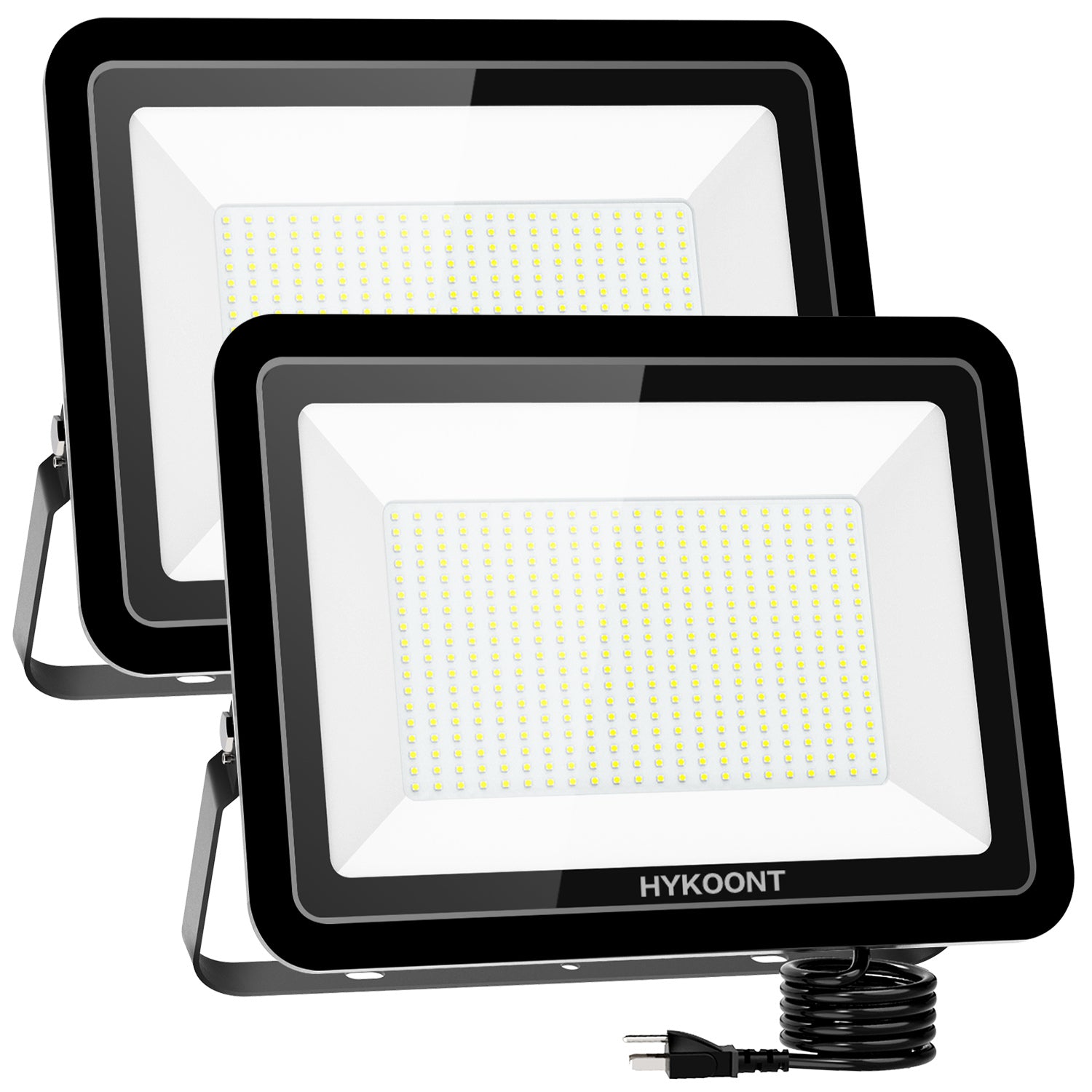

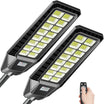
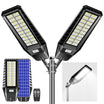
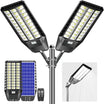
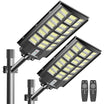
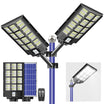
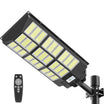
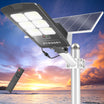
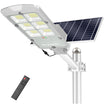
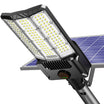
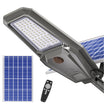
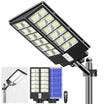
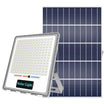
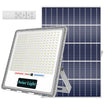
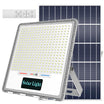
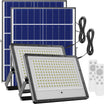

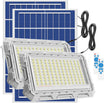
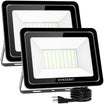
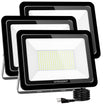
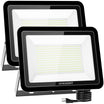
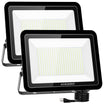
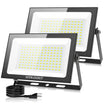
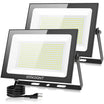




Leave a comment
This site is protected by reCAPTCHA and the Google Privacy Policy and Terms of Service apply.